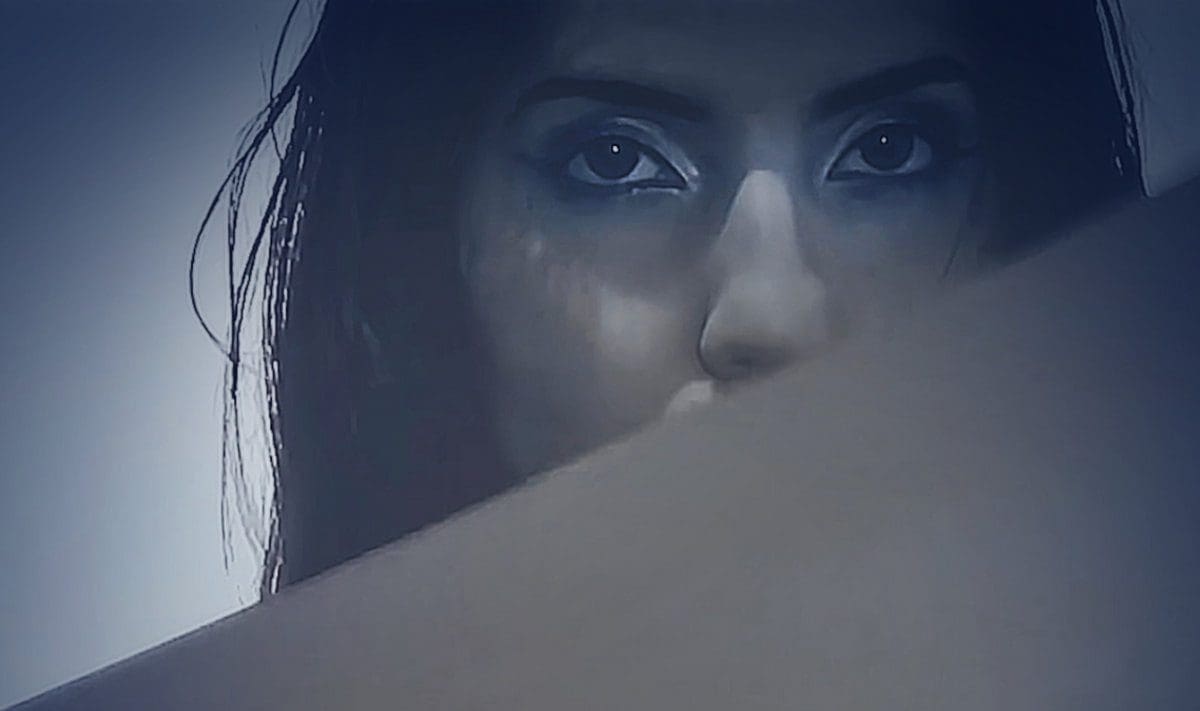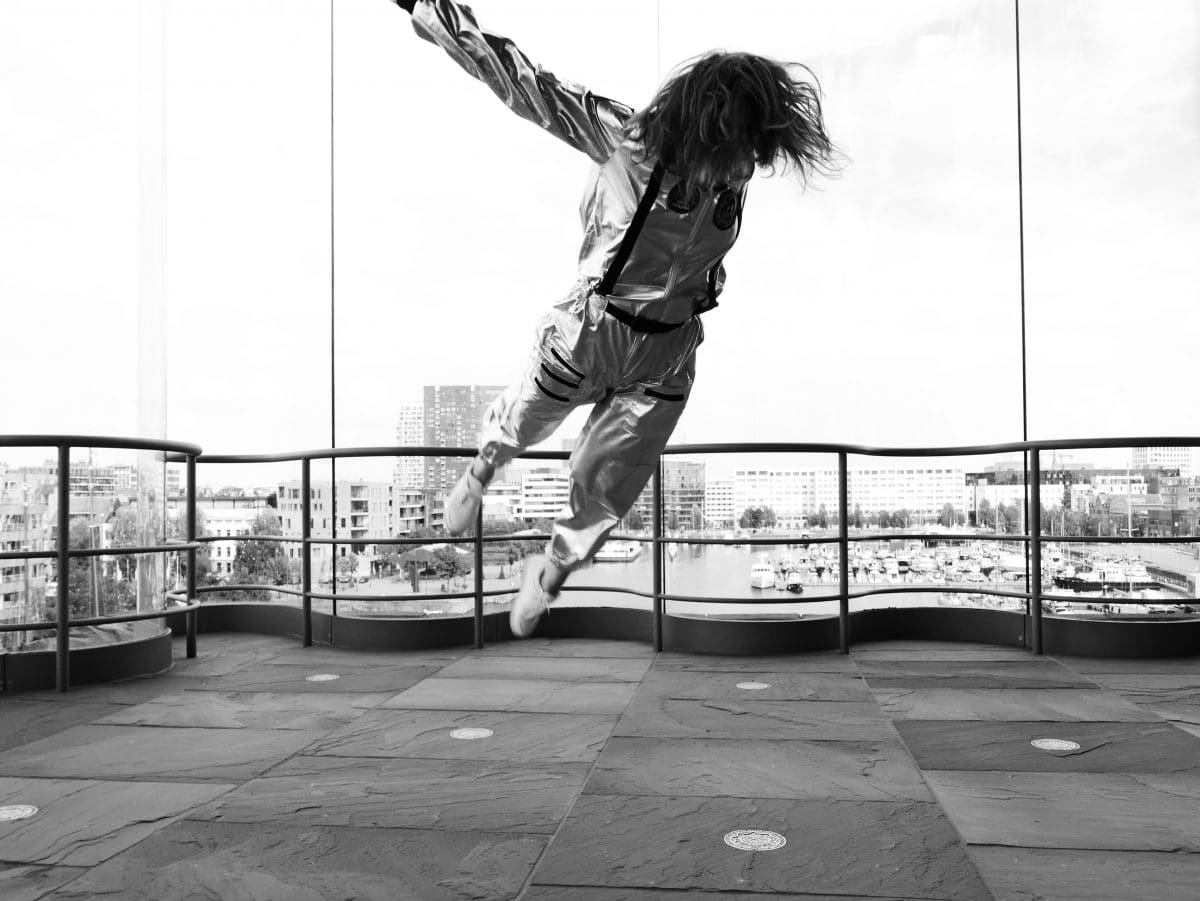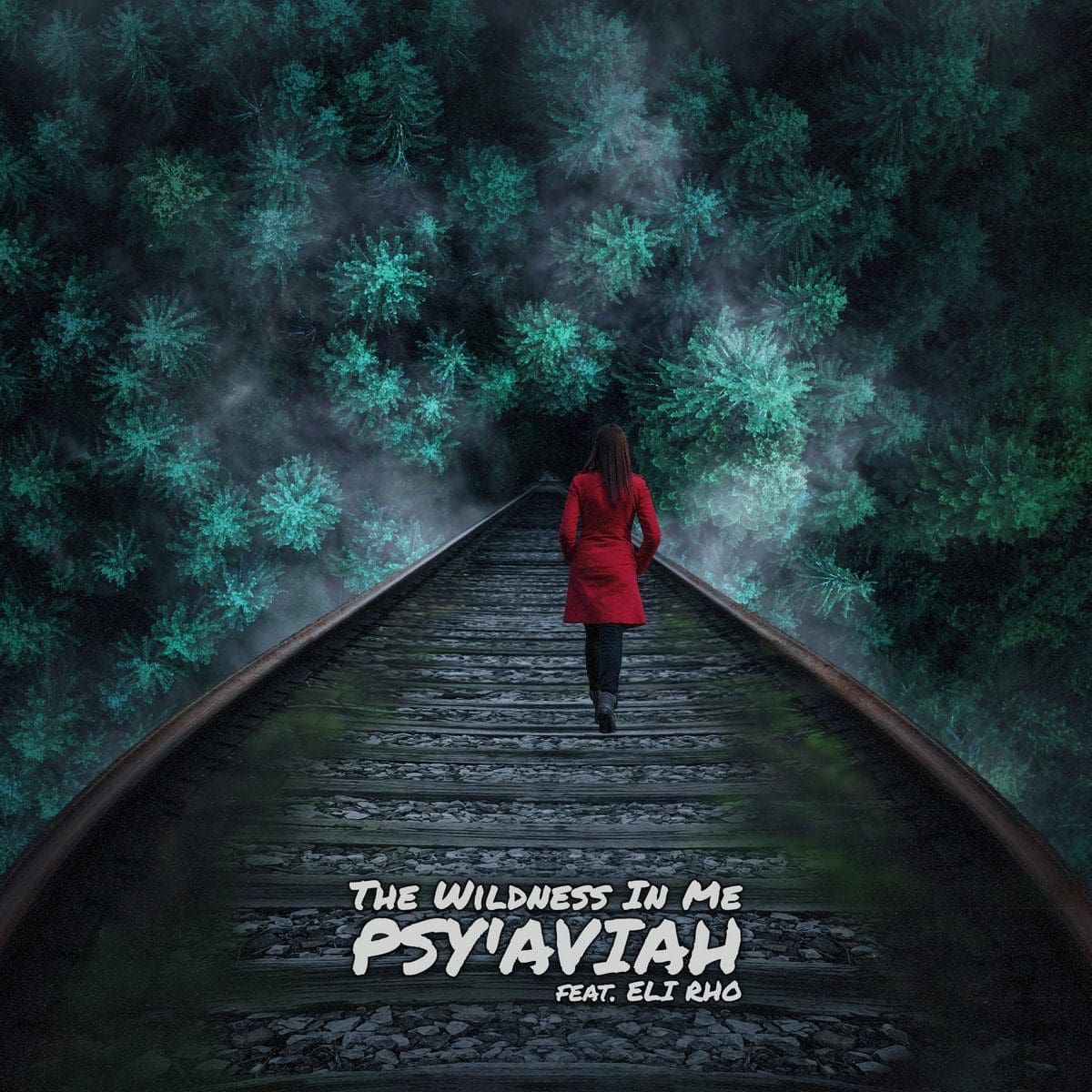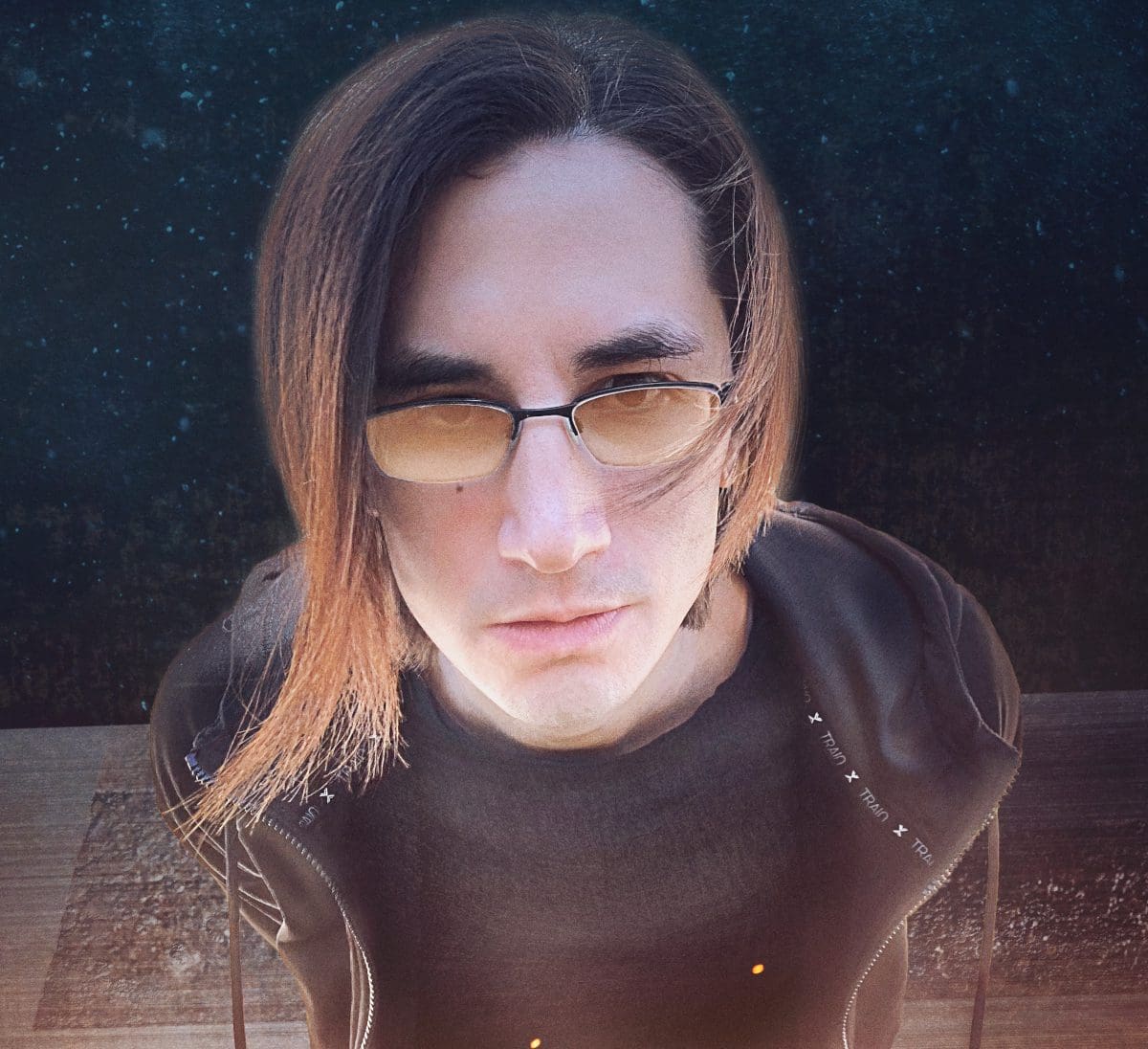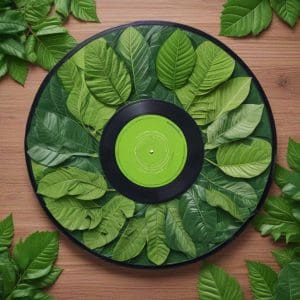‘Ambient is such a big umbrella term that people don’t find their way anymore!’ An interview with Psy’Aviah and GNY (aka Gwenny Cooman)
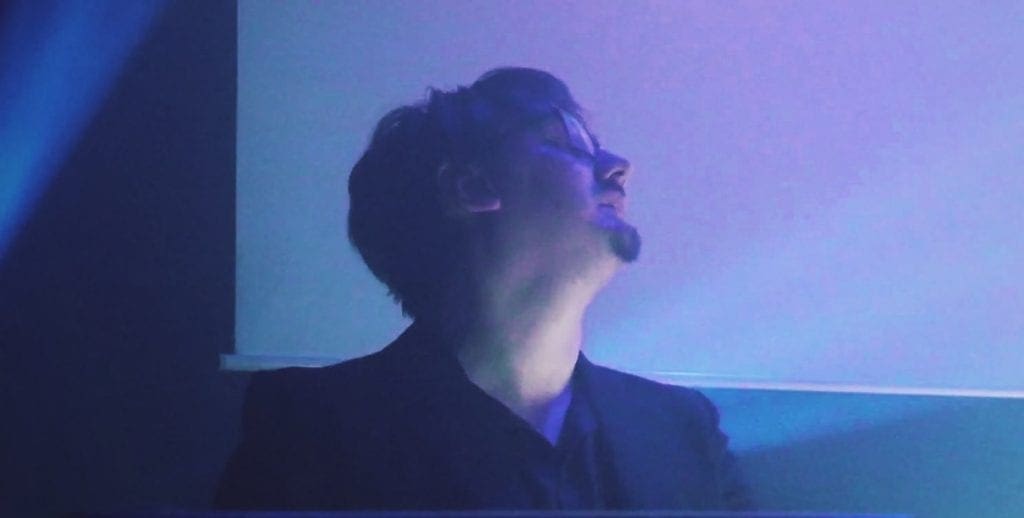

Belgian photographer GNY (aka Gwenny Cooman, also known for her work in the band Mildreda) recently organized an exhibition of her work under the conceptual title “Steden Schuilen Niet Wanneer Het Regent” (Cities don’t seek shelter when it rains) in Wetteren (B).
For this project she also collaborated with artist and musician Yves Schelpe of Psy’Aviah who wrote a dark ambient soundtrack inspired by her work that played during the exhibition, reinforcing the atmosphere of the photographs, adding a unique sonic dimension to the exhibition, giving tones of hope and peace, but also of darkness and melancholy highlighting the contrasting sides of city and nature.
That soundtrack, “The Earth Keeps Spinning, Without Being Noticed”, is out now on Alfa Matrix as a download album (via Bandcamp) or as streaming via Spotify. Good to know, the Belgian national radio broadcast Klara already took one track, namely “The Escalator”, from the album to be used in a show for which you can see a video below.
We had a talk with both artists regarding this special collaboration.
SL: You never released an instrumental let alone an ambient album before, how did this one come about?
Yves/Psy’Aviah: After my previous, more or less traditional, album “Soul Searching” I set my eyes on working more on theatre soundtracks or atmospherical pieces. I did that a lot more in the early stages, but now I felt a need to go back to supporting a story, to collaborating on a different level and letting the music be supportive instead of dominant. I loved her photography work, and so when Gwenny asked me to do something for her closing night, I of course jumped on the opportunity.
SL: I presume you also listen to ambient then, many preferences?
Yves/Psy’Aviah: My ears are open to anything I like, so ambient is in the collection too… Let me say that I’m hugely inspired by work from Moby: I love how he layers piano and a ton of strings and pads. His ambient work is something I was drawn to from the get go. Other artists I like a lot are Mark Isham (his work for Black Mirror’s “Arkangel” for example), Eric Serra, Inon Zur (his soundtracks and solowork, especially the Dragon Age works are very much my cup of tea) Deuter (certainly albums “Prana Yoga” and “Atmospheres”), the more poppy Enigma (but check out his less beat-driven tracks like “The Dream Of The Dolphin”), Dirk Veulemans, Vangelis, and I could go on and on…
SL: I was actually quite surprised by this album, ambient tends to go nowhere in a lot of cases, but this one really has a true destination with tracks that develop nicely, I guess that your dream pop heart lays enough structures in there?
Yves/Psy’Aviah: Well, I think ambient is such a big umbrella term that people don’t find their way anymore in the vast amount of work and variety that exist in the genre, let alone what it means, or can mean, and end up listening to ambient music that isn’t their cup of tea… Just like every music genre ambient has so many genres, it’s impossible to describe them all.
There are indeed a few big broad distinctions: either you have a clear study of sound and sound patterns, in which it isn’t really music but a research project of what can be done. Then there’s the very experimental electro-acoustic work I know of Dirk Veulemans for example (he’s a fellow Belgian talent and well known for his work) – and apologies Dirk if I’d describe it wrong – but I feel their storytelling in the work is a big focus as well as experimentation – finding the boundaries of what music is. And then I think we have the more chill-out or soundtrack synthesizer music. We all know Vangelis and JMJ did pioneering work, it is a lot more focused on melodic elements. For me personally the storytelling is present, but also creating a kind of mood is important, certainly because it was written based upon existing photography work.
SL: How did you start on this one? Did you get to see Gwenny’s material on forehand?
Yves/Psy’Aviah: One can’t write music for an exhibition (unless that is the experiment of course) if you don’t know what the source material is, and if you don’t understand what the artist wants to evoke in terms of emotions. All this music is driven by Gwenny’s photography, by her vision and talking about her work. I do need to be drawn to something before it can inspire me, so it goes without saying that the emotions I experienced with the selected photography work of Gwenny on that exhibition were really strong, and very relatable. I could imagine certain things right off the bat. It’s in subtle ways such as the angles the photos are taken at, as well as the general subjects and the stories one can see behind them.
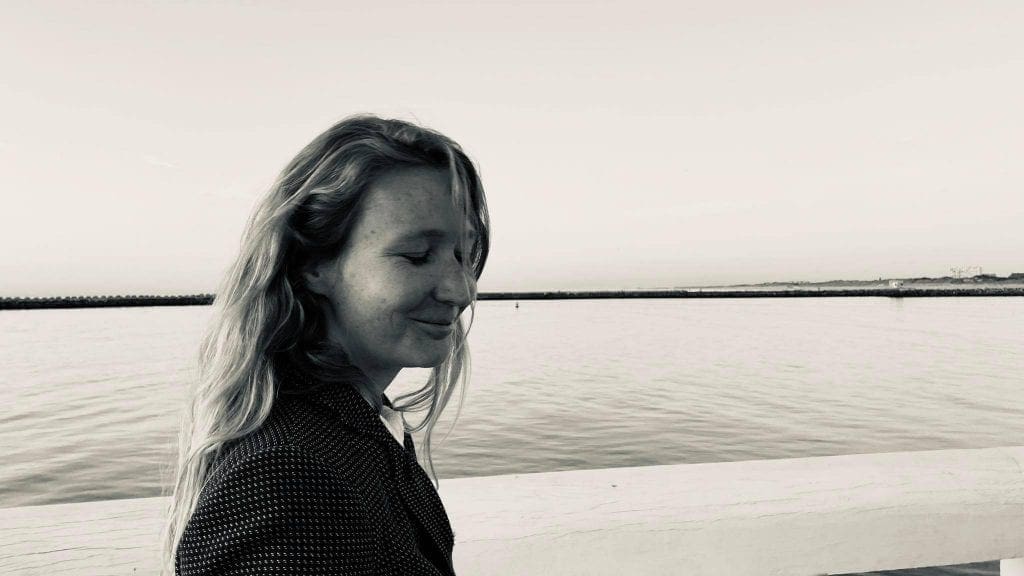

Gwenny Cooman: I think I saw Psy’Aviah’s first gig, and I was immediately overwhelmed. I remember thinking ‘okay, the new Praga Khan is born’. Psy’Aviah evolved and made their own sound and story, and I always liked the look and feel of the artwork and the content of the songs. Also, I noticed Yves carrying out street experiments and having other original crossover ideas. So I knew something exciting could be done.
SL: Did you use any specific techniques as far as the sound collages go?
Yves/Psy’Aviah: When I knew what the themes were I knew I had to incorporate a lot of field recordings – which meant going outdoors and recording sounds in train stations, elevators, nature, fields, underwater, on the bus, in supermarkets etc… As they’d be an underlying tone in either rhythmic elements (such as an electric escalator with its clicks and clacks tuned to a nice clock as if it were a drum machine, or train tracks repeating over and over, water streams that have a natural tendency to emulate a sort of repeating vibe, yet always with a little tonal difference…).
Those natural rhythms of nature and city were a perfect match and were for me personally the technique I had to use to get in tune with the photography of Gwenny.
Of course that is not everything, using those sounds and creating a compelling storyline in a track, using my background of chord progressions I like and basslines (either slowed down very much, or sped up a lot), to evoke emotions and contrast them to the sometimes dull machinal sounds, is what the motivation (or technique) was in the end.
SL: Gwenny, I know you have been busy with photography for quite a few years, but it’s the first time you are in the spotlights yourself with that expo. How different do you consider the material for this expo compared to what you did in the past?
Gwenny Cooman: I guess the way I look at things, and the stuff that draws my attention has not changed. But the last couple of years I’m more focussed and spending more time and effort to enhance my work. I discovered how different a picture can be in its digital form from one in printed media. The printing process was really a search for pictures with printing results that matched my expectations, and same for the framing.
SL: Did you select the pictures for the expo or were they made with the intention to organise an expo?
Gwenny Cooman: My partner convinced me to have an exposition now instead of postponing things until, say, the year 2080 (I tend to keep thinking I can improve something). Most pictures were not made especially for the expo, they were selected to fit the idea I had under the title ‘cities don’t take shelter when it rains’.
I am currently working on a new expo (aiming to exhibit summer 2021 in Ostend) which will have a different setup. I have a concept in mind and all pictures will fit that new story and concept and will be made with that purpose. I can’t reveal yet what I have in mind, but I can say it will involve topics such as science and superstition, some astronomy and astrology so to speak.
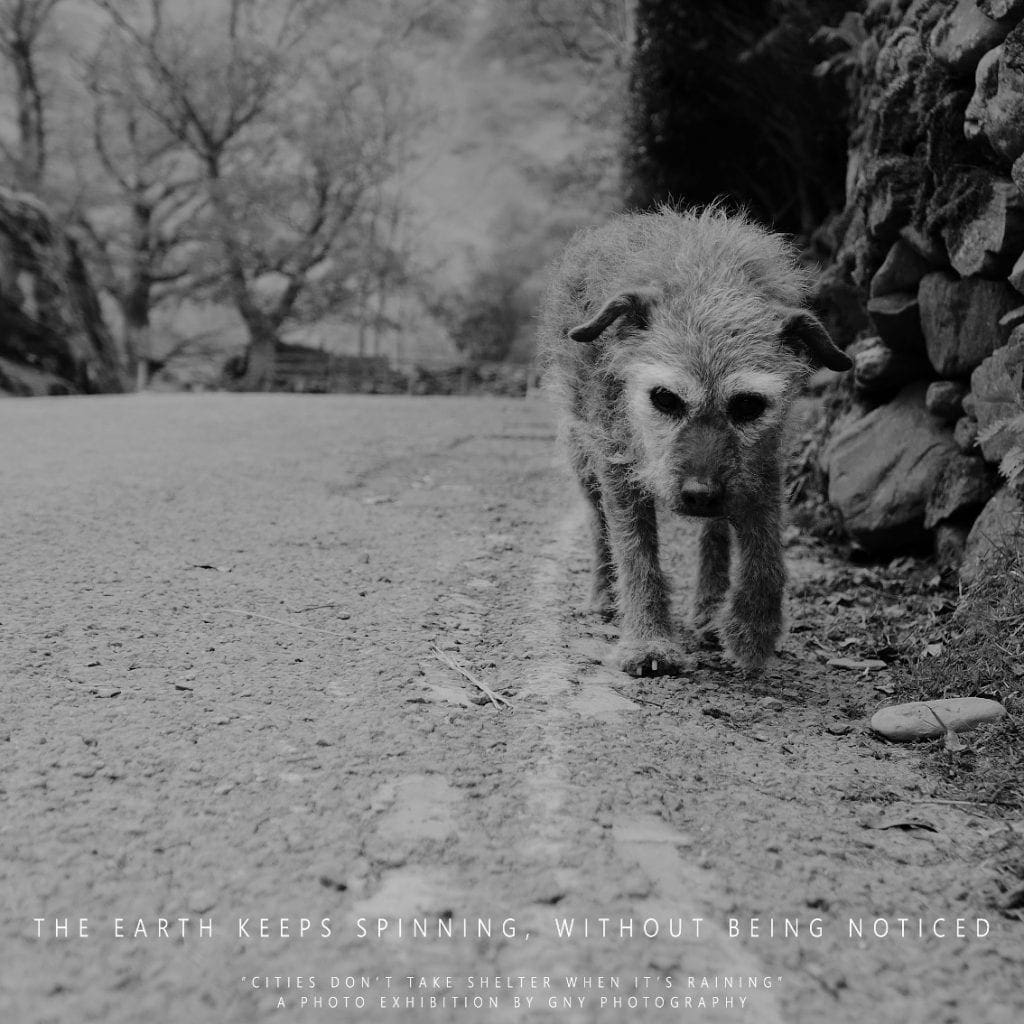

SL: What subjects do attract you the most? I see a few with buildings, but it’s the stray dog that has triggered quite some feedback from our readers on Facebook. Care to explain?
Gwenny Cooman: I guess it’s about the questions that come to mind. Is it an abandoned dog? Are there houses in the neighbourhood where he could find a home? What kind of life has he had?
The expo showed pictures of abandoned places and the less attractive aspects of citylife in black and white. In contrast to these pictures, there were colourful pictures of nature (this use of black and white versus colours is reflected in the movie Yves made).
I was very lucky to have been able to do some travelling, and especially to visit some weird or abandoned places in the United States. The Salton Sea for example is one of those places where I can just sit and watch the emptiness, the leftovers of thrilling lives and expectations that place once held. So afterwards, when people look at a picture from that kind of abandoned place, they also start making up their own stories and interpretations of what happened.
SL: Every photo artists probably dreams to have his/her pictures released in a photo book. A dream or something you might want to materialize in the nearby future?
Gwenny Cooman: Indeed! Working with Yves/Psy’Aviah really added value to everything. We inspired each other and that really is the most joyful feeling. If I make a picture and then look at it once I’m home and if it’s a good one, it makes me smile. But if someone else feels that way about my work, or even better, if they are inspired by it, that beats it all. So the movie and soundtrack that resulted out of our collaboration was really a very nice piece of art. Of course, a book would also be great. For my next project, I have some ideas on a catalogue which should be a crossover between photographs, poetry and literature. Still dreaming…
SL: What’s your favorite setup and why?
Gwenny Cooman: I try to take silent, subdued pictures. Most of the time unintended. So I don’t go out thinking ‘now I will photograph this place or that person’, but the subjects are more or less random encounters. Of course I tend to go places where these encounters are more likely. But that means I travel with a wonderful and compact Leica camera so that I can always capture the moment.
You can check out the complete album below.
Since you’re here …
… we have a small favour to ask. More people are reading Side-Line Magazine than ever but advertising revenues across the media are falling fast. Unlike many news organisations, we haven’t put up a paywall – we want to keep our journalism as open as we can - and we refuse to add annoying advertising. So you can see why we need to ask for your help.
Side-Line’s independent journalism takes a lot of time, money and hard work to produce. But we do it because we want to push the artists we like and who are equally fighting to survive.
If everyone who reads our reporting, who likes it, helps fund it, our future would be much more secure. For as little as 5 US$, you can support Side-Line Magazine – and it only takes a minute. Thank you.
The donations are safely powered by Paypal.

